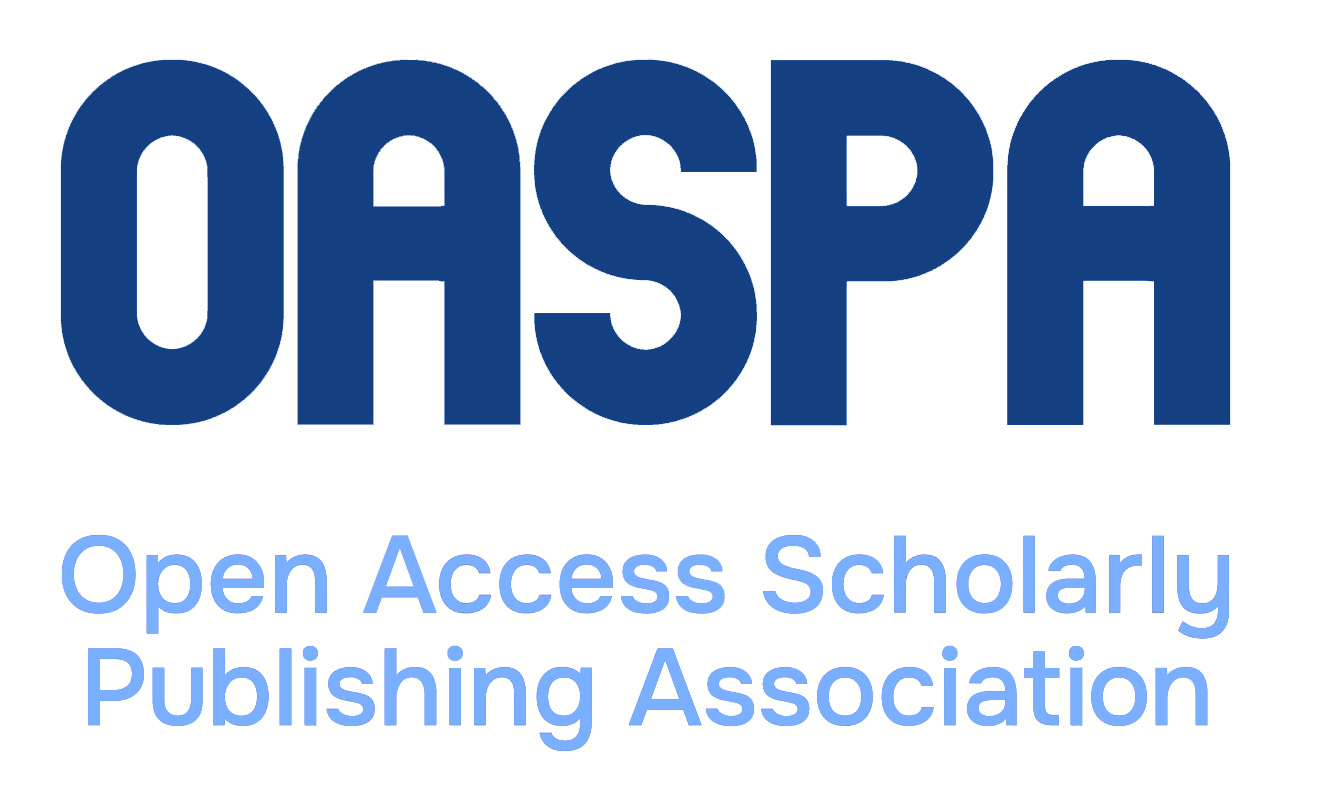UDK 378.1
DOI: 10.15507/0236-2910.028.201803.333-343
A Perspective Model of Innovative Integrated Structure Comprising University, Research Facility and Enterprise
Alexander A. Kharin
Professor, Chair of Economics and Enterprise Management, Moscow State Technological University «STANKIN» (1 Vadkovskiy Pereulok, Moscow 127055, Russia), D. Sc. (Economics), ResearcherID: C-6286-2015, ORCID: https://orcid.org/0000-0002-6433-868X, This email address is being protected from spambots. You need JavaScript enabled to view it.
Olga S. Kharina
Engineer, Moscow State Technological University «STANKIN» (1 Vadkovskiy Pereulok, Moscow 127055, Russia), Ph.D. (Economics), ResearcherID: O-6418-2018, ORCID: https://orcid.org/0000-0002-3089-2666, This email address is being protected from spambots. You need JavaScript enabled to view it.
Aleksandr V. Rodyukov
Associate Professor, Chair of Corporate Information Systems, Moscow Institute of Physics and Technology (1A Kerchenskaya St., Moscow 141701, Russia), Ph.D. (Physics and Mathematics), ResearcherID: B-8197-2018, ORCID: https://orcid.org/0000-0001-8815-1791, This email address is being protected from spambots. You need JavaScript enabled to view it.
Elena S. Petrova
Associate Professor, Chair of Statistics, Econometrics and Information Technologies in Management, National Research Mordovia State University (68/1 Bolshevistskaya St., Saransk 430005, Russia), Ph.D. (Economics), ResearcherID: D-2096-2018, ORCID: https://orcid.org/0000-0002-6300-0740, This email address is being protected from spambots. You need JavaScript enabled to view it.
Introduction. The problem of mathematical modeling in innovative technologies is the lack of a developed general model of innovation processes. The existing approaches allow simulating innovations from any one part: political, economic (in various aspects) or describe the general structure of innovative activity. For example, innovations can be estimated such indicator as sales volume of an innovative product. However, it does not mean that there are no other indicators or they are not important.
Materials and Methods. The models by L. Leydesdorf and S. Kauffman, including NK model originally used for the analysis of development of biological populations, were chosen for research of the model choice problems of the innovative integrated structure between university, the enterprise and research laboratory.
Results. Modeling the innovative integrated structure between participants of process is carried out based on expert assessment of the innovative landscape for a case of the maximum interdependence.
Conclusions. A brief description of modeling methods in innovative technologies is presented in this article. The general description of the problem sphere is given. The current state of researches of this problem is specified. The imitation of innovative networks development options based on the NK model at the independent strategy of participants is constructed. The case of the maximum complexity of network when all participants of an innovation are interconnected and also local and global optimum in a landscape of projects payback is considered.
Keywords: imitation model, network structure, innovative landscape, NK, innovative integrated structure
For citation: Kharin A. A., Kharina O. S., Rodyukov A. V., Petrova E. S. A Perspective Model of Innovative Integrated Structure Comprising University, Research Facility and Enterprise. Vestnik Mordovskogo universiteta = Mordovia University Bulletin. 2018; 28(3):333–343. DOI: https://doi.org/10.15507/0236-2910.028.201803.333-343
Authors’ contribution: А. A. A. Kharin – formulation of the problem, introduction, and conclusion; O. S. Kharina – data processing, reviewing the relevant literature; A. V. Rodyukov – data processing, landscape construction of interacting organizations, reviewing the relevant literature; E. S. Petrova – data processing, calculation and analysis of strategies, reviewing the relevant literature.
All authors have read and approved the final version of the paper.
Received 26.02.2018, revised 12.04.2018, published online 20.09.2018
REFERENCES
1. Kauffman S., Weinberger E. The NK Model of rugged fitness landscapes and its application to the maturation of the immune response. Journal of Theoretical Biology. 1989; 141(2):211–245.
2. Leydesdorff L. The triple helix: an evolutionary model of innovations. Research Policy. 2000; 29(2): 243–255.
3. Leydesdorff L., Meyer M. The scientometrics of a triple helix of university-industry-government relations (Introduction to the topical issue). Scientometrics. 2007; 70(2):207–222.
4. Leydesdorff L. The triple helix, quadruple helix, and an N-tuple of helices: Explanatory models for analyzing the knowledge-based economy? Journal of Knowledge Economy. 2012; 3(1):25–35.
5. Frenken K. A complexity approach to innovation networks. The case of the aircraft industry (1909–1997). Research Policy. 2000; 29(2):257–272.
6. Musayelyan I. K., Serebryakova G. V. Conceptual features of value management of socio-economic systems. International Journal of Environmental & Science Education. 2016; 11(11): 4133–4145.
7. Musaelyan I. K. The potential of corporate culture in the system of interactions between companies. Life Science Journal. 2014; 12(12s):895–852.
8. Karpov A., Kharin A., Kharina O. Educational environment forming on the basis of the human capital development. International Conference “Education Environment for the Information Age”. 2016; 29, 2 p.
9. Grigorev S. N., Eleneva Yu. Ya., Andreev V. N. Technological capital: a criterion of innovative development and an object of transfer in the modern economy. Procedia CIRP. 2014; 20:56–61.
10. Yeleneva Yu. Ya., Prosvirina M. E., Yelenev K. S., Andreev V. N. Quality of enterprise management during Ramp-up preparation and launch: concept and evaluation method. Procedia CIRP. 2016; 51:13–18.
11. Yeleneva Yu., Prosvirina M., Golovenchenko A., Andreev V. Analysis and organizational model for monitoring of the training of workers and specialists with secondary vocational education for innovation- oriented enterprises of Russia. Procedia – Social and Behavioral Sciences. 2015; 214:779–787.
12. Pozdneev B., Busina F., Sutyagin M., Ovchinnikov P., Sosenushkin S., Obuhova E., Levchenko A., Sharovatov V. Knowledge management and competency development based on personal e-portfolio. ICERI2017 Proceedings. 2017; 3928–3937.
13. Pozdneev B., Sosenushkin S., Busina F., Ivannikov A., Sutyagin M., Ovchinnikov P., Popov D., Levchenko A. Combining hands-on and virtual experiments in computer networking courses. ICERI2017 Proceedings. 2017; 3956‒3961.
14. Levinthal D. A.Adaptation on rugged landscapes. Management Science. 1997. 43(7):934–950.

This work is licensed under a Creative Commons Attribution 4.0 License.

















